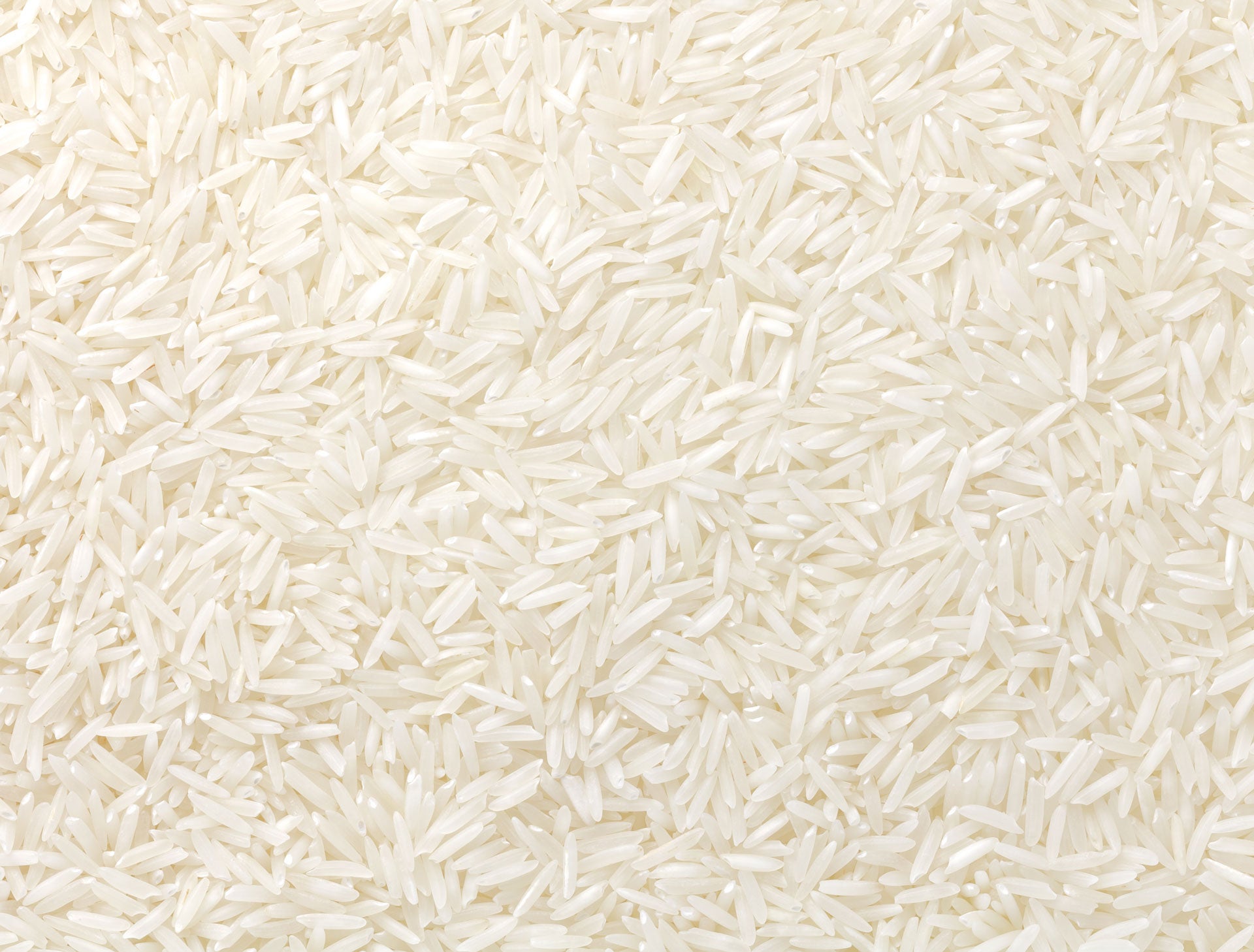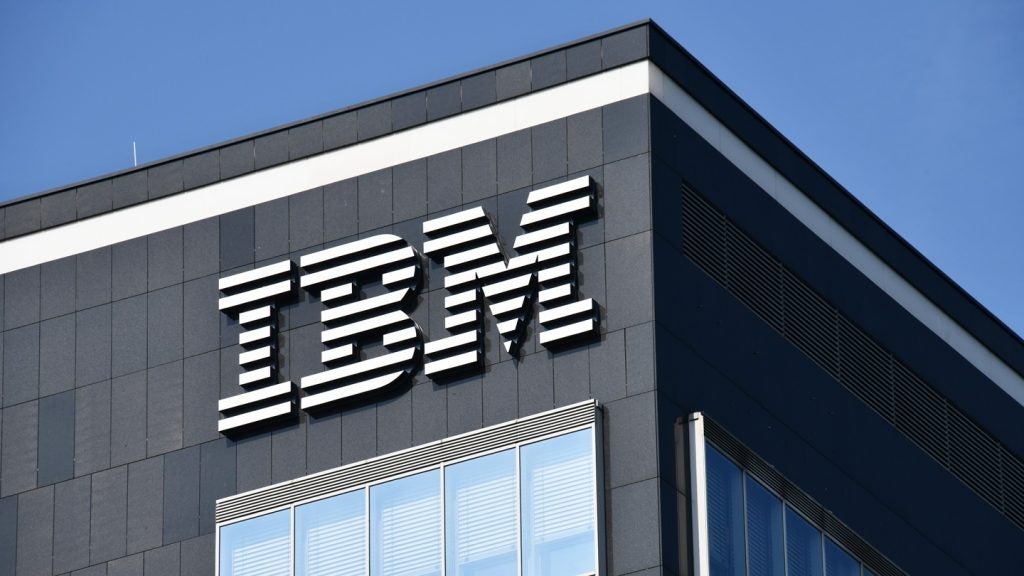
A genetically modified rice research project that is currently underway at Oxford University has attracted $15m funding from the Bill & Melinda Gates Foundation.
The C4 Rice Project is focused on genetically modifying rice to create a strain that produces higher yields and is more resistant to harsher environmental conditions than current versions.

Access deeper industry intelligence
Experience unmatched clarity with a single platform that combines unique data, AI, and human expertise.
It is hoped that it will help combat future food shortages brought about by climate change and urbanisation, particularly given how essential rice is to almost half the world’s population.
It is estimated that an area of land that as of 2010 produces enough rice to feed 27 people will need to feed 53 by 2050 if serious food shortages are to be avoided.
It is hoped that this genetically modified rice could play a vital role in solving the issue, by changing the way the rice photosynthesises.
The C4 rice project: creating a genetically modified crop
The focus of the project is on changing the pathway rice uses to photosynthesise.

US Tariffs are shifting - will you react or anticipate?
Don’t let policy changes catch you off guard. Stay proactive with real-time data and expert analysis.
By GlobalDataCurrently rice uses the C3 pathway, which is far more inefficient in hot and dry conditions than the alternative C4 pathway.
While the C4 pathway is not found in rice, it is common in a host of other plants, including maize and sorghum – in fact, it has evolved entirely independently over 60 times.
And while only 3% of plant species that grow above ground use the C4 pathway, they account for a quarter of all terrestrial primary productivity –the energy produced by photosynthesis in above-ground plants – showing how effective this form of photosynthesis is.
But making rice use this superior pathway isn’t simply a matter of switching a single gene – C4 plants have entirely different leaf structures, with a more complex arrangement of cells. And it is this that the researchers are working to change in rice.
This is a complicated process that involves working out which combination of genes need to be changed, which builds on efforts so far but will likely take another five years.
However, if this is successful, the eventual results will be a new genetically modified rice strain that makes a powerful difference to the world’s food supplies – and the Bill & Melinda Gates foundation funding it vital to achieving this.
As well as ensuring the project can continue, it ensures that the research and resulting strain will be accessible around the world – and in particular in developing countries – without exorbitant cost.
“This is an extremely challenging long-term project and we are grateful to the foundation for backing the team for a further five years. This new award will get us closer to delivering rice lines that will have real impact for smallholder farmers,” said Professor Jane Langdale, from the Department of Plant Sciences, University of Oxford, who leads the consortium.
“This is about being custodians of something that’s bigger than our individual scientific interests.”
The researchers hope to begin research at experimental field plots in Taiwan by 2024.
Read more: MIT nanotech makes plant genetic engineering “universal”







